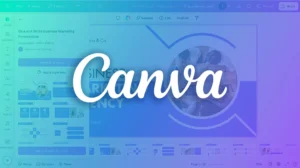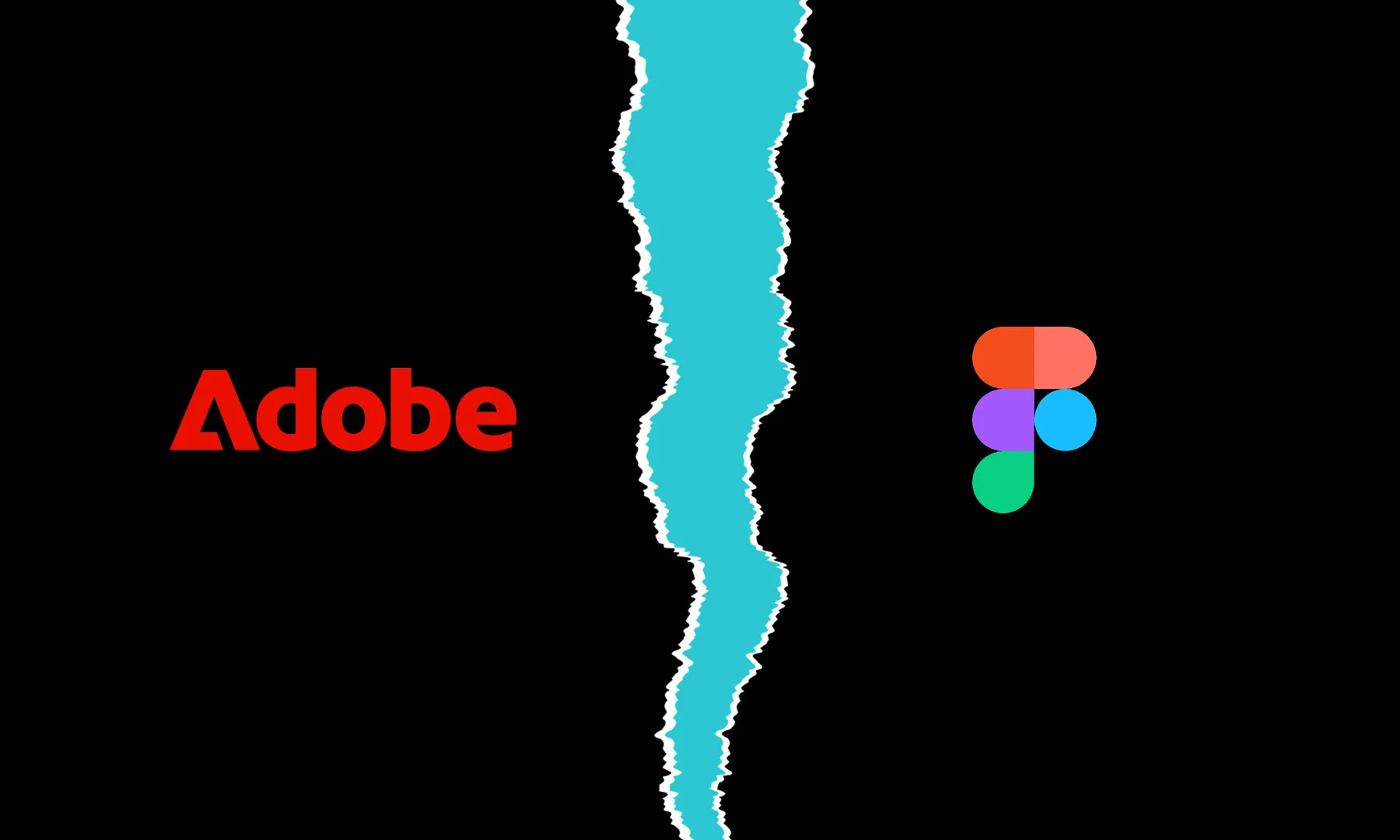Who is suitable for the field of UX UI?
You want to learn about UX UI, but before making the decision to dive into this field, there are some important things you should consider.
Firstly, not everyone can be a designer. The field of design requires an aesthetic affinity. If you don’t have an interest in design or creativity, then this is probably not the field for you. Many students who are interested in UX and UI already have experience in graphic design, interior design, industrial design, photography, illustration, or other related fields. However, even if you don’t have experience in any of these fields, if you have an affinity for design and an aesthetic sensibility, this might still be the field for you.
Secondly, this field deals with technological digital products. It’s suitable for people who feel comfortable in a computerized digital environment. If you’re a technophobe who avoids dealing with computers and digital products, then this might not be the field for you. UX UI designers work with digital products, so it’s important to feel comfortable in that environment.
Finally, this field is suitable for those interested in jobs in startups, high-tech product companies, government offices, and project companies. Almost all technology companies have UX UI teams within the company, from small companies with individual employees to huge companies such as Amazon, Intel, Google, Facebook, and many others.
It’s important to be honest in your choice and not enter the field just because it’s trendy or because you can earn high salaries. You need to have an interest in the field and a desire to develop your practical knowledge to integrate organically into the roles of UX UI designers.
What does it take to integrate into the industry as a UX UI designer?
There are many jobs in the market for UX UI designers, and the amount of jobs will only increase with the development of technology. To stand out above others, you need to invest in your professional development in the field. For example, let’s compare two students:
Student A: attended classes, submitted assignments, and graduated from UX UI studies. He sends resumes here and there, and waits for them to get back to him.
Student B: attended classes and practices, worked on projects available during the course, and continued working on these projects outside of school hours. He consulted with classmates to bring his projects to the highest level. The student joined UX UI groups on Facebook, attended meetups, met people in the field, watched lectures and webinars, read articles, and never stopped researching the field. He left his studies with three or four well-made projects in his portfolio, and his lecturers marked him as a serious graduate student and an investor.
Who do you think will integrate faster and better into the industry? Obviously, student B. The degree of your investment and seriousness will affect your integration into the industry. This special effort is what makes the most significant difference.
Portfolio – the key to being accepted for UX UI jobs
As a direct continuation of this, a quality portfolio is key to creating a good first impression for employers. Most employers will not look at your resume at all before they look at your portfolio. Your portfolio should represent you in the best possible way, highlighting your professional work in a positive and professional light. It’s important to work with an experienced person who can guide you in building your portfolio and selecting the right projects to showcase. This person should have worked in senior positions in product companies, project companies, and startups and knows the industry in all its aspects.









